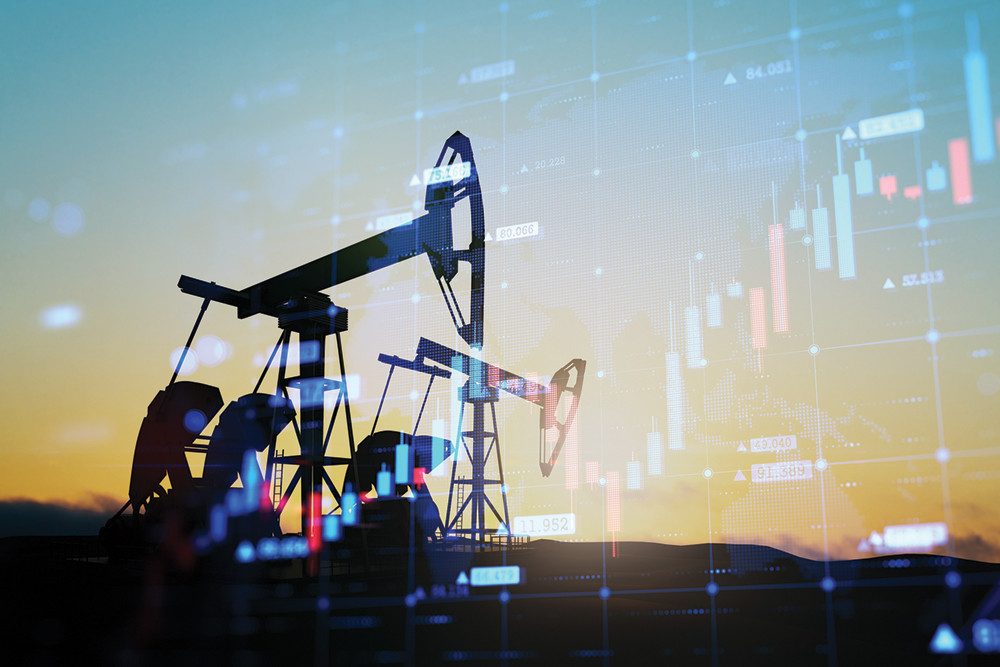
We have entered the phase of the year when we reflect on 2019 even as we look forward to 2020. While the optimism surrounding trade talks between the USA and China in the first six months of 2019 provided some support to the commodity market, the slackening global activity and reduced volatility characterised the second half. This article will try to dissect the major drivers from the world of commodities in 2019 and will articulate the prospective direction of the markets in 2020.
Precious Metals
Gold prices increased by approximately 18% over the passage of 2019. The bullion has been supported largely by robust physical demand, interest rate cuts by the US, and the increasing uncertainty across the global economy. The central bank purchases coupled with investor holdings in gold-backed ETF’s and inclining jewelry sales, including India, has added impetus to the demand for gold.
Similarly, silver prices have inclined by 15% in 2019 driven by increased purchases in India largely due to the anticipation of new tariffs endorsed in August. According to the World Bank, gold prices are forecast to average 5.8% in 2020 owing to further expansionary monetary policies and strong demand. Market analysts believe that the markets will be dictated by the same theme in 2019. Moreover, heightened trade uncertainties and concerns fueling global growth will only provide catalysts for more upside to gold price from current levels. A large part in the upcoming days will be played out by the Federal Reserve in their monetary policies, and also the US and Chinese authorities on how they resolve the issues surrounding the trade war.
Base Metals
The price of copper declined in 2019 attributed to the global economic slowdown. The values turned lower in May when the USA hiked tariffs on imports of China eliciting retaliation from the Asian superpower. China, which accounts for half of global copper consumption, experienced a slowdown in manufacturing activities in China as metal intensive sectors including construction, electricity and transport remained weak. Low support has been provided to prices from the constructive mine supply. On the other side, both refinery capacities and output are still growing out of China.
In 2020, the copper mine supply is expected to grow although the outlook seems vulnerable to potential disruptions. The demand in China is anticipating some support from the stimulus measures from the infrastructure sector but it is too early to solidify the grounds for global recovery until the markets observe signs of stabilisation in global activities along with positive developments in the US-China trade talks. The prices are forecasted to increase moderately by 2.3% in 2020 owing to the recent fiscal stimulus in China, and the new laws enveloping the local government capital financing take effect fostering infrastructure investment thereafter.
Energy
Although crude oil prices have jumped by 33% in 2019, the value fell sharply in the third quarter. Worries about slowing global demand offset the production disruption in Saudi Arabia. Owing to slackening global growth outlook and strong oil production weighing on the markets, the average prices for 2020 has been revised down to $58 per barrel as per a report by the World Bank. On the contrary, the consumption of natural gas will remain to support the prices into the New Year.
The oil markets are set to return over the first half of 2020 assuming that OPEC+ will not only extend the current output agreement beyond March 2020 but it will also influence deeper cuts into the first quarter. The game will be played out by all members with the markets observing who will cut even more than they currently have. In 2019, the key price factor was the demand. The increase in growth in the New Year is influenced by a rise in OECD consumption while non-OECD growth is expected to remain unchanged at under 2%. Although uncertainties around the trade war and slowing economic growth had an impact on the demand of oil in 2019, the prices will resonate on how swiftly China and the US will come to a resolution.
Agriculture
While most agro-commodities appear to have stabilised in contemporary days, the driving factors pressing downward pressure still persist. The factors include multi-year high stock levels for some grains, favourable weather settings in important producing regions, trade war, low energy costs and weakening demand for some products.
According to the World Bank, its Agriculture Index declined approximately 2% in the third quarter of 2019. However, the index is anticipated to stabilise in 2020 with most risks on the downside. However, a resolution in the trade war forecasts an upside risk for some products such as soybeans and corn.
Final Thoughts
The lack of inflation, slumping demand measures, and the limited roll yield in forward curves has continued to dent the broader commodities indices. Weaknesses in the global trade figures are yet to turn around and with the continuation, market analysts are still anticipating some level of limitation in demand across the commodity bracket in 2020.





